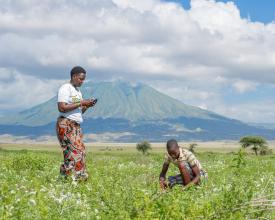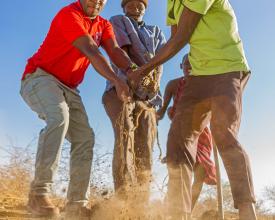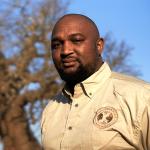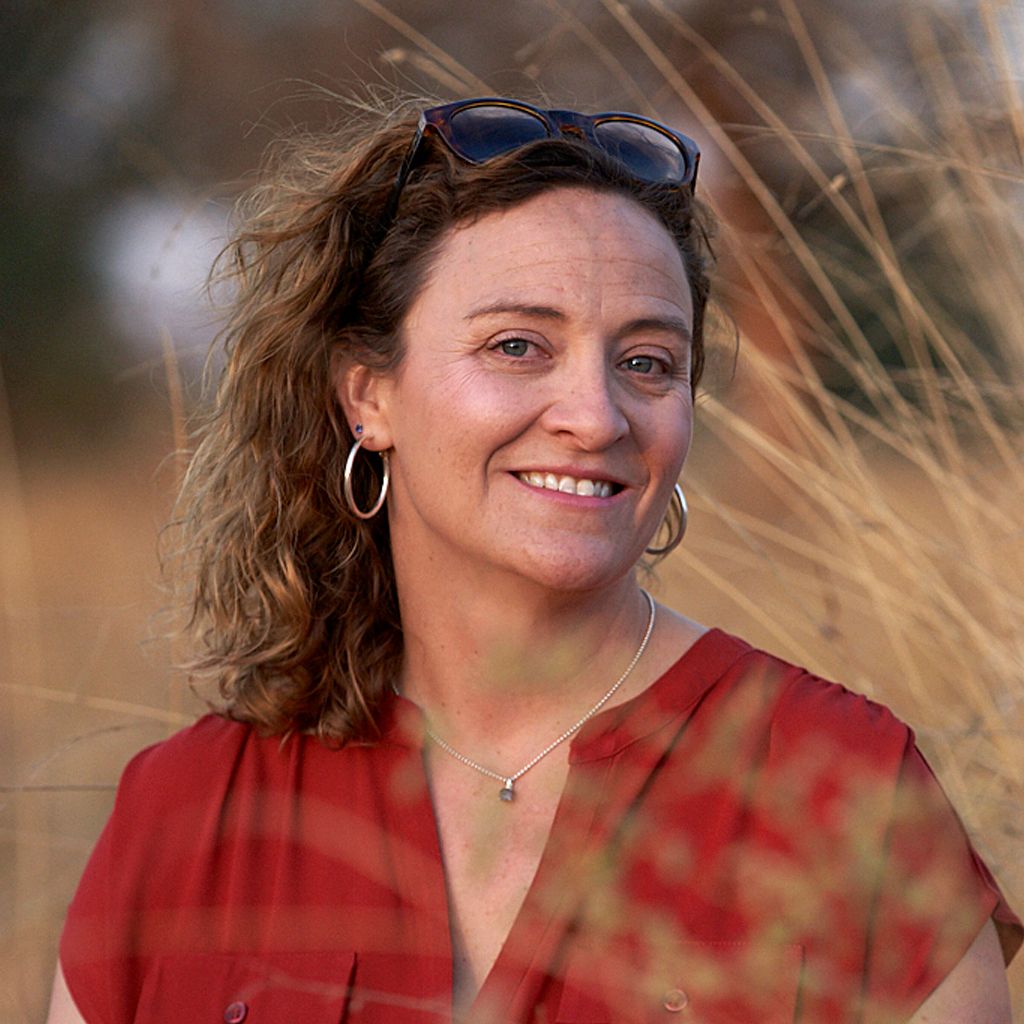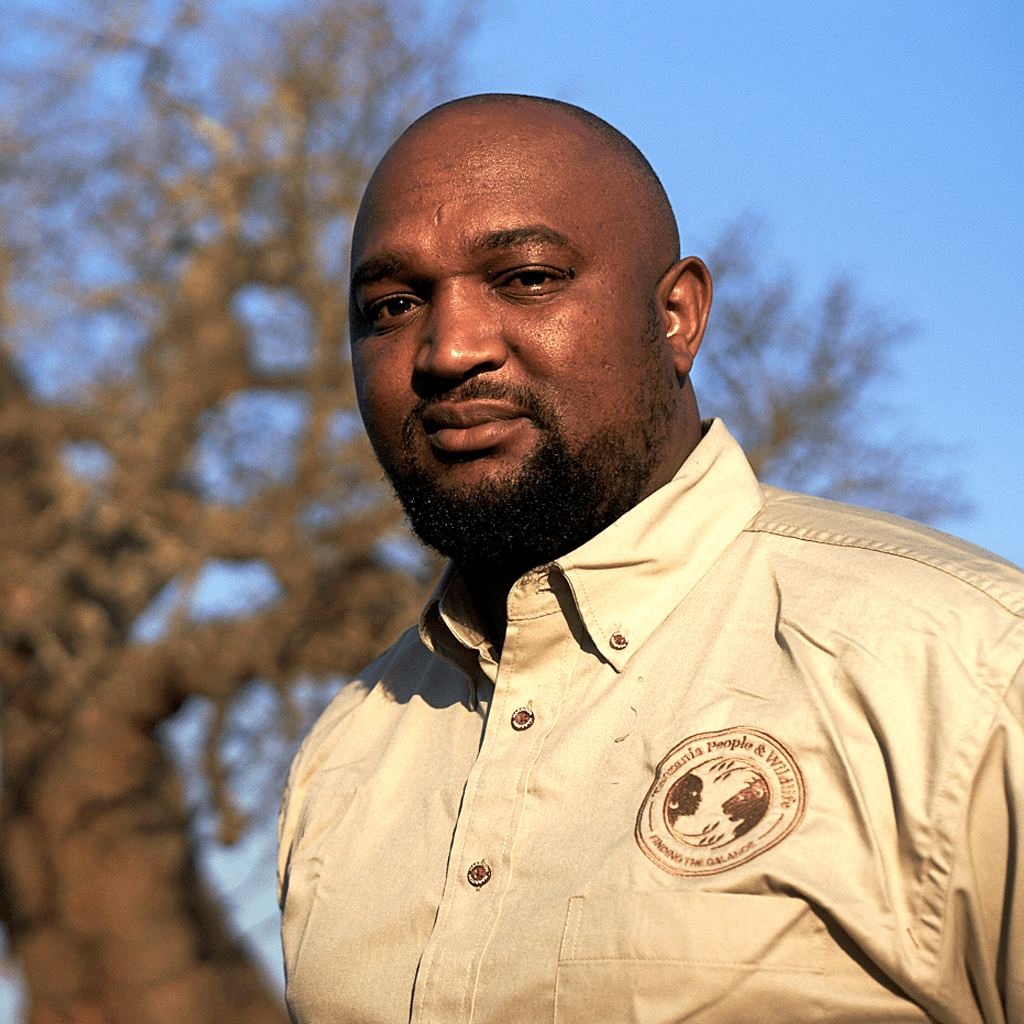Catalizar la acción comunitaria para unos pastizales resistentes

La Iniciativa de Pastizales Sostenibles de African People & Wildlife restaura los pastizales del norte de Tanzania para que el ganado, los herbívoros salvajes y los depredadores puedan compartir un forraje cada vez más escaso. Desde 2019 hasta la actualidad, la organización se ha asociado con 50 aldeas para gestionar 324.000 ha y revivir activamente 8.100 ha mediante la eliminación de arbustos invasivos, el control de la erosión y planes de pastoreo flexibles y basados en datos. Los comités de pastoreo elegidos y los monitores de hábitats registran los datos mensuales de los pastos en aplicaciones móviles; los foros trimestrales convierten las pruebas en tiempo real en acciones rápidas que mantienen abiertos los corredores y aumentan la resiliencia climática.
Una subvención de Save Our Species de la UICN (2019-21) aceleró la ampliación a 15 nuevas aldeas, capacitando a 30 monitores y agregando 253,700 ha bajo una gestión mejorada. Utilizando sus propios datos, las comunidades refinaron las zonas de pastoreo, eliminaron 231 ha de plantas invasoras y señalizaron corredores para el ganado, demostrando cómo la evidencia oportuna puede convertir la competencia por el forraje en una administración colaborativa.
Impactos
La Iniciativa de Pastizales Sostenibles de African People & Wildlife ha ayudado a las comunidades a gestionar más de 800.000 acres de pastizales. En 50 aldeas del norte de Tanzania, el programa ha restaurado activamente 20.000 acres de pastizales, arrancando especies invasoras y problemáticas y previniendo la erosión del suelo. A medida que el programa se ha ido desarrollando, el enfoque basado en las aldeas ha pasado a un enfoque paisajístico para garantizar la continuidad de la gestión y la conectividad para obtener beneficios ecológicos.
Por último, la APW reconoce los esfuerzos de las distintas partes interesadas en la gestión de los pastizales. Desde 2020, la APW ha llevado a cabo reuniones de armonización que reúnen a diferentes partes interesadas de las aldeas, los distritos, las regiones, los ministerios, las instituciones paraestatales y las ONG para debatir la gestión de los pastizales y los programas políticos. Nuestro enfoque ha sido reconocido formalmente por el Ministerio de Ganadería y Pesca y servirá de base para futuras políticas, un logro notable que garantiza que las voces de los pastores rurales se tengan en cuenta en las decisiones sobre gestión de recursos naturales de las que dependen sus vidas y medios de subsistencia.

